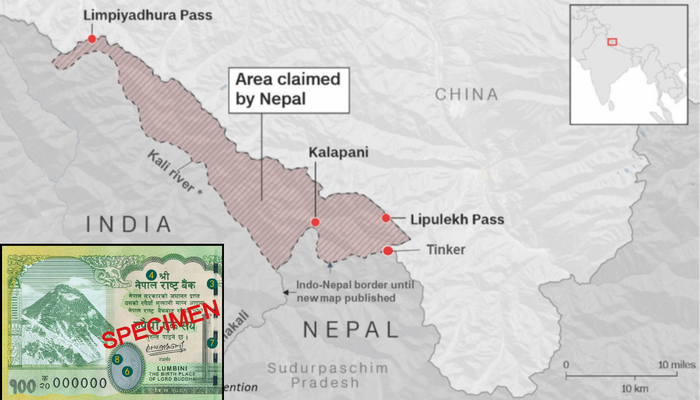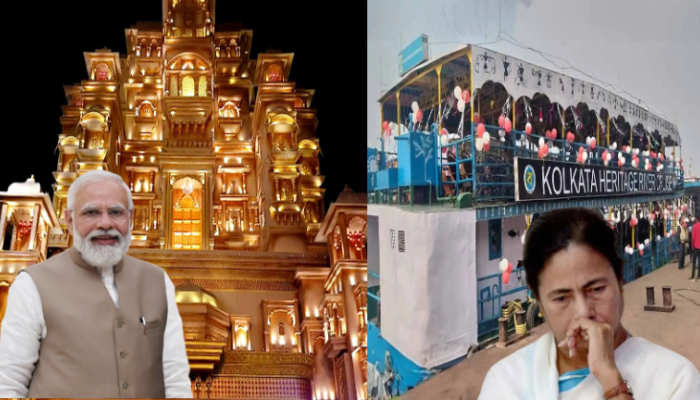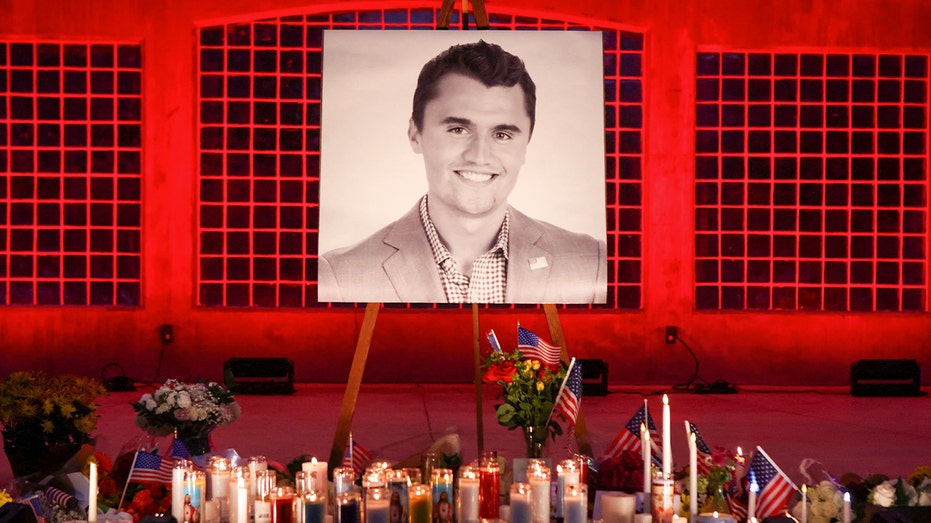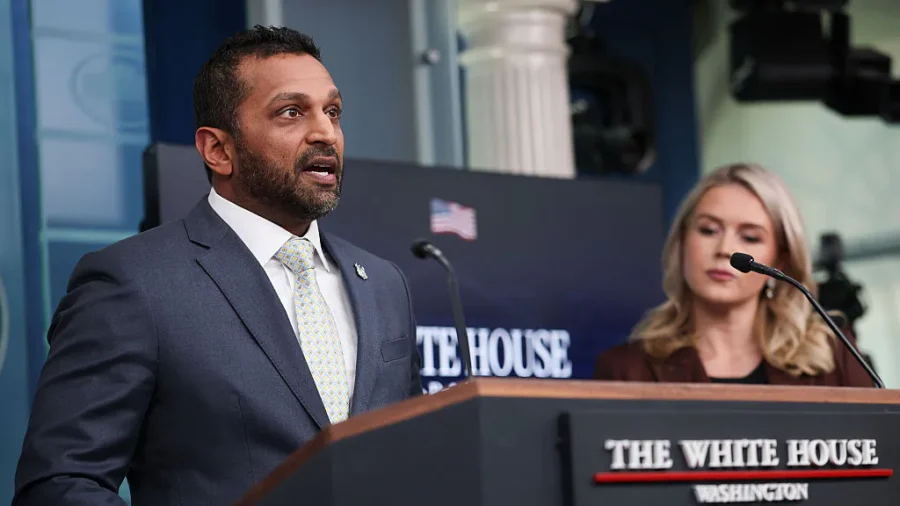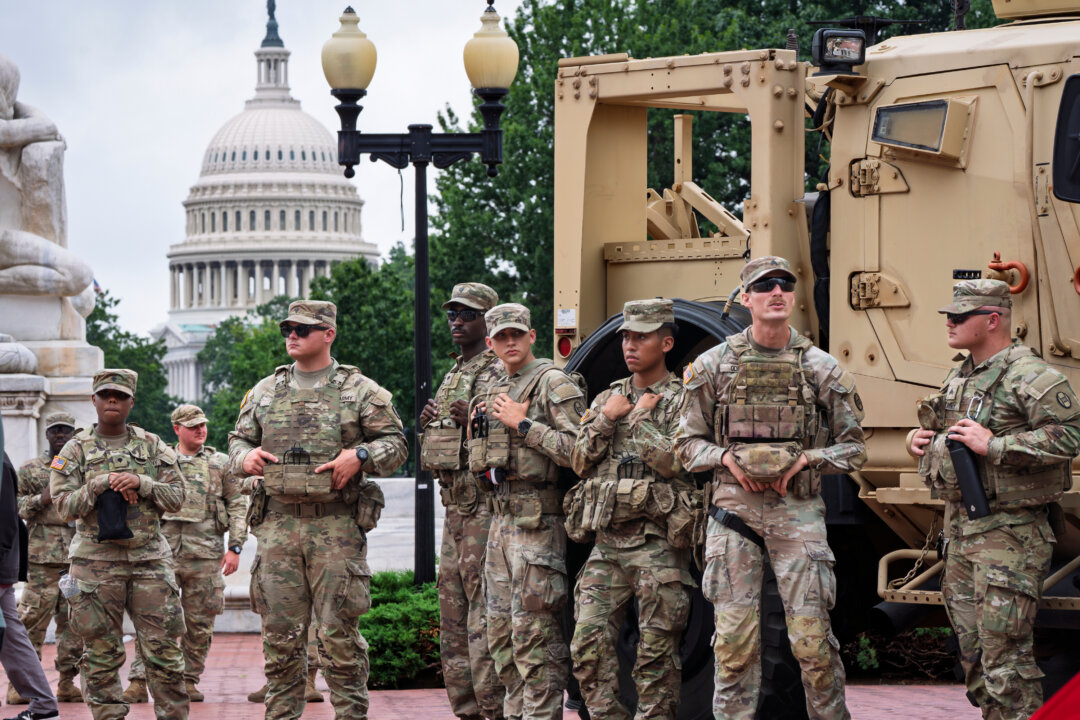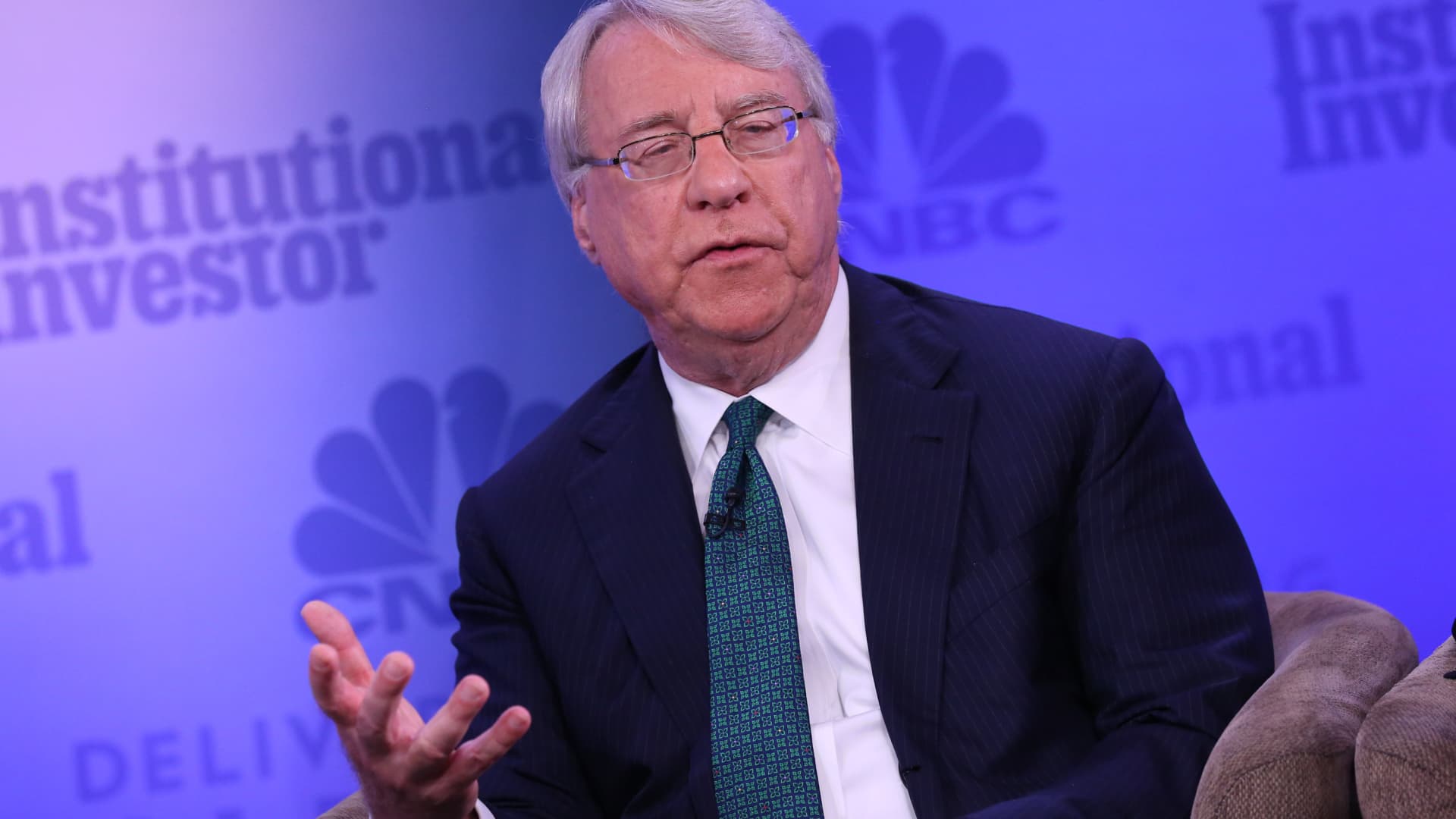What is a Third World country? As Trump threatens a permanent ban on immigration from them, read how hundreds of thousands of Somali immigrants ended up in the USA
On the evening of Thanksgiving, on November 27, US President Donald Trump posted on Truth Social that he is about to announce a sweeping immigration crackdown. The latest outburst is triggered by the shooting of two National Guard personnel near the White House by an Afghan national, Rahmanullah Lakanwal. Lakanwal had entered the USA via a Biden-era resettlement program. “I will permanently pause migration from all Third World Countries to allow the U.S. system to fully recover, terminate all of the millions of Biden illegal admissions, including those signed by Sleepy Joe Biden’s Autopen, and remove anyone who is not a net asset to the United States, or is incapable of loving our Country, end all Federal benefits and subsidies to noncitizens of our Country, denaturalize migrants who undermine domestic tranquility, and deport any Foreign National who is a public charge, security risk, or non-compatible with Western Civilization”, Trump’s post reads. Trump’s post on Thanksgiving What is a Third World country? The term originates in the Cold War era, where US-USSR rivalry that intensified in the 1950s had virtually split the world into 3 political sides. The First World meant nations that were on the US side, basically NATO and their allies like Japan. The Second World meant nations that were aligned with the Soviet Union and the Eastern Bloc, like the USSR, East Germany and Cuba etc. The Third World broadly meanth non-aligned nations during the Cold War era, like India, China, and generally the newly independent nations in Asia and Africa that did not align themselves with the two rival superpowers of that time. French demographer Alfred Sauvy had first used the term Third World, referring to the “Third Estate” during the french Revolution, which comprised of the poor masses, ignored, exploited and potentially hostile. Over time, though, as the Cold War abated, the Third World term lost its Cold War meaning of non-alignment and was gradually morphed by the media and expert commentators a more generalised term for poor, underdeveloped nations wth low per capita income. Low industrialisation, weak institutions and political instability were other marks of these nations called the Third World’ by Western commentators. Most NGOs, and academics now avoid using the term Third World, because, they think the term has become pejorative and outdated. More sophisticated terms have been invented to differentiate between the rich nations and poor nations, such as ‘Global North-Global-South’, ‘high income-middle income and low-income’ countries are the more accepted terms now. The UN, however maintains a list of 46 Least Develped Countries (LDC), which name the poorest 46 nations of the world. Countries like China, Singapore, South Korea, India and Indonesia etc have more or less managed to escape the ‘Third World’ label, due to robust economic growth and improved trade relations with the ‘Global North’. Central African Republic, Niger, Chad, Malawi, Burundi, Haiti, Somalia, Afghanistan, Yemen and South Sudan are some of the nations that are stuck with the label of Third World, LDC and the general idea of war-torn hellholes with political unstability and widespread poverty among the masses. How the latest declaration is different from the 2017 ‘Muslim ban’ US President Donald Trump’s declaration of permanently banning immigration from Third World countries is built on his earlier stance of a large scale travel ban from ‘high-risk’ nations, including Afghanistan, Somalia, Venezuela and Yemen. The ban was labelled as a ‘Muslim ban’ by the Leftist press, despite including Venezuela. This time, the US President’s intention is not limited to a mere travel ban. A general ban on immigration from these nations means an indefinite halt on all forms of immigration, visas, asylum, refugee resettlement, family reunification etc. Trump’s post on Truth Social also mentions ‘Reverse Migration’, which means mass deportation of non-citizens and a halt in the ongoing naturalisation process. “Somalis have caused us a lot of trouble, and they cost us a lot of money. What the hell are we paying Somalia for?”, Trump has stated recently. TRUMP: If you look at Somalia, they are taking over Minnesota.REPORTER: What do the Somalians have to do with this Afghan guy who shot the National Guard members?TRUMP: Ah, nothing. But Somalians have caused a lot of trouble. They're ripping us off. pic.twitter.com/zbIUr03EWU— Aaron Rupar (@atrupar) November 28, 2025 Throughout his messaging and declaration, Trump has made it clear that he wants to allow immigration from ‘compatible’ cultures and bring in people who ‘bring value’ to the USA, while halting mass immigration from hostile, low-education, low-potential groups that are a drain on the US resources, a very MAGA stand. Can this ban be really effective? The effectiveness of short-term steps like halt on travel, processing Visas can be im
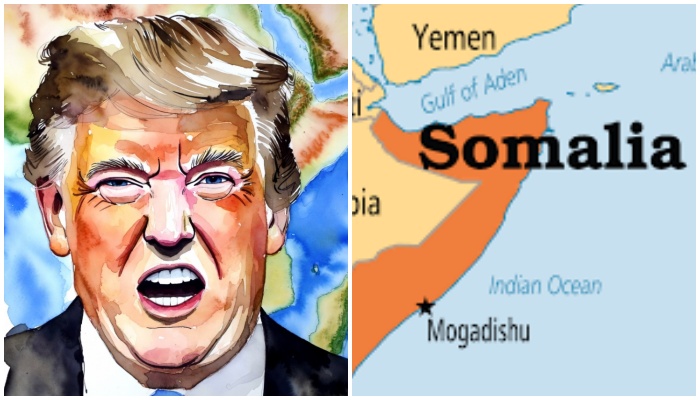


On the evening of Thanksgiving, on November 27, US President Donald Trump posted on Truth Social that he is about to announce a sweeping immigration crackdown. The latest outburst is triggered by the shooting of two National Guard personnel near the White House by an Afghan national, Rahmanullah Lakanwal. Lakanwal had entered the USA via a Biden-era resettlement program.
“I will permanently pause migration from all Third World Countries to allow the U.S. system to fully recover, terminate all of the millions of Biden illegal admissions, including those signed by Sleepy Joe Biden’s Autopen, and remove anyone who is not a net asset to the United States, or is incapable of loving our Country, end all Federal benefits and subsidies to noncitizens of our Country, denaturalize migrants who undermine domestic tranquility, and deport any Foreign National who is a public charge, security risk, or non-compatible with Western Civilization”, Trump’s post reads.

What is a Third World country?
The term originates in the Cold War era, where US-USSR rivalry that intensified in the 1950s had virtually split the world into 3 political sides. The First World meant nations that were on the US side, basically NATO and their allies like Japan.
The Second World meant nations that were aligned with the Soviet Union and the Eastern Bloc, like the USSR, East Germany and Cuba etc.
The Third World broadly meanth non-aligned nations during the Cold War era, like India, China, and generally the newly independent nations in Asia and Africa that did not align themselves with the two rival superpowers of that time. French demographer Alfred Sauvy had first used the term Third World, referring to the “Third Estate” during the french Revolution, which comprised of the poor masses, ignored, exploited and potentially hostile.
Over time, though, as the Cold War abated, the Third World term lost its Cold War meaning of non-alignment and was gradually morphed by the media and expert commentators a more generalised term for poor, underdeveloped nations wth low per capita income. Low industrialisation, weak institutions and political instability were other marks of these nations called the Third World’ by Western commentators.
Most NGOs, and academics now avoid using the term Third World, because, they think the term has become pejorative and outdated. More sophisticated terms have been invented to differentiate between the rich nations and poor nations, such as ‘Global North-Global-South’, ‘high income-middle income and low-income’ countries are the more accepted terms now.
The UN, however maintains a list of 46 Least Develped Countries (LDC), which name the poorest 46 nations of the world.
Countries like China, Singapore, South Korea, India and Indonesia etc have more or less managed to escape the ‘Third World’ label, due to robust economic growth and improved trade relations with the ‘Global North’.
Central African Republic, Niger, Chad, Malawi, Burundi, Haiti, Somalia, Afghanistan, Yemen and South Sudan are some of the nations that are stuck with the label of Third World, LDC and the general idea of war-torn hellholes with political unstability and widespread poverty among the masses.
How the latest declaration is different from the 2017 ‘Muslim ban’
US President Donald Trump’s declaration of permanently banning immigration from Third World countries is built on his earlier stance of a large scale travel ban from ‘high-risk’ nations, including Afghanistan, Somalia, Venezuela and Yemen. The ban was labelled as a ‘Muslim ban’ by the Leftist press, despite including Venezuela.
This time, the US President’s intention is not limited to a mere travel ban. A general ban on immigration from these nations means an indefinite halt on all forms of immigration, visas, asylum, refugee resettlement, family reunification etc. Trump’s post on Truth Social also mentions ‘Reverse Migration’, which means mass deportation of non-citizens and a halt in the ongoing naturalisation process.
“Somalis have caused us a lot of trouble, and they cost us a lot of money. What the hell are we paying Somalia for?”, Trump has stated recently.
TRUMP: If you look at Somalia, they are taking over Minnesota.
— Aaron Rupar (@atrupar) November 28, 2025
REPORTER: What do the Somalians have to do with this Afghan guy who shot the National Guard members?
TRUMP: Ah, nothing. But Somalians have caused a lot of trouble. They're ripping us off. pic.twitter.com/zbIUr03EWU
Throughout his messaging and declaration, Trump has made it clear that he wants to allow immigration from ‘compatible’ cultures and bring in people who ‘bring value’ to the USA, while halting mass immigration from hostile, low-education, low-potential groups that are a drain on the US resources, a very MAGA stand.
Can this ban be really effective?
The effectiveness of short-term steps like halt on travel, processing Visas can be immediate. The USCIS has already started reviewing green cards from ‘countries of concern’. The 2017 travel ban from high-risk nations was upheld by the US Supreme Court. So USCIS actions have a high chance of success.
As of now, the countries of concern are: Afghanistan, Burundi, Chad, Republic of Congo, Cuba, Myanmar, Equatorial Guinea, Eritrea, Haiti, Iran, Laos, Libya, Sierra Leone, Somalia, Sudan, Togo, Turkmenistan, Venezuela and Yemen.
Deportations, ICE funding increase and rejection of visa applications alone will halt majority of new and potential immigrants from the high risk nations.
At the direction of @POTUS, I have directed a full scale, rigorous reexamination of every Green Card for every alien from every country of concern.
— USCIS Director Joseph B. Edlow (@USCISJoe) November 27, 2025
USCIS Director Joseph B Edlow has just posted that as per orders from the President, he has “directed a full-scale, rigorous reexamination of every Green Card for every alien from every country of concern.”
However, in the long term, denaturalisation and deportation of citizens and green card holders may invite lawsuits over allegations of discrimination. Family separations and sending back refugees also invite backlash and legal challenges. Apart from the legal and political challenges, mass deportations are an expensive affair. Detention, logistics and deportations via aeroplanes or ships, all need huge dollars and human capital.
Somali community in the USA: Fraud schemes and more
In recent days, Trump has been exlicitly calling out Somalia and the Somali immigrant community living in the USA, especially in the state of Minnesota. Minnesota hosts the largest Somali diaspora in the USA. The Somali community in Minnesota is estimated 80,000–100,000 people. Many of them have been resettled as refugees since the 1990s amid Somalia’s civil war and al-Shabaab insurgency.
This month, US prosecutors charged dozens of people in a massive fraud scheme involving embezzlement to the tunes of 250-300 million dollars from government programs like child nutrition, autism aid, housing schemes and COVID relief. Among those charged were many Somali immigrants who have allegedy cooked up elaborate schemes to funnel the money back to Somalia. Reports indicated that millions of US taxpayer dollars may have gone to Islamic terrorist organisations like Al Shabaab in Somalia, either through extortion or direct commission.
Last week, Trump announced that he was Trump declared he was “immediately terminating” Temporary Protected Status (TPS) for over 700 Somali immigrants, with over 430 of them from Minnesota.
Minnesota Governor Tim Walz and Congresswoman Ilhan Omar, a Somali immigrant herself, have called the TPS termination illegal and discriminatory.
Somalia has been a consistent feature in Trump’s anti-immigration efforts. It was also among the ‘Muslim ban’ nations from where the former Trump administration had banned travel, citing ISIS and Al-Shabaab affiliations and national security risks.
How did the USA end up with hundreds of thousands of Somali people?
Somalia has been at the rock bottom of every development index of the world for decades. The reasons are many. Essentially, it has the worst possible combinations of almost all factors responsible for a nation’s downfall. It never truly existed as a country before external powers drew random lines and glued unrelated territories together. There was no natural cohesion, economy or culture, just separate clans that were asked to identify under one country name. When Siad Barre’s two-decade dictatorship ended in 1991, the infighting among the clans was already weaponised, the economy and society were wrecked with a failed experiment that tried to run the country with an unhealthy mix of Islam and communism. There was no government, no army, no structure left. Al Shabaab rose from the chaos and now controls half the territory. It enforces blockades and feeds from desperation. Most of the livestock has been destroyed, consecutive famines have wrecked almost all agriculture, and external powers to this date have only fuelled clan wars. Almost all the educated populace has fled the country long ago, and humanitarian aid is the only reason the remaining population has not starved to death yet.
The USA has over 250,000 Somali immigrants, excluding their US-born children and grandchildren. After the collapse of the Siad Barre dictatorship, refugee programs and humanitarian efforts brought thousands of Somalis into the USA. UNHCR camps in Kenya and Ethiopia were filled with hundreds of thousands of displaced Somalis in the early 1990s. USA started accepting them under the standard refugee program. Priority was given to women-at-risk, persecuted minorities like especially Bantu Somalis, and people who had ties to the US government, like former employees and translators, and aid workers.
After the first waves of refugees came to the USA, they started bringing their family members. Christian charity organisations brought in thousands of Somalis under their aid programs. During the Obama term, that is 2008-2016, another wave of thousands of Somalis were brought under the P-3 ‘family reunion’ program. Later reports highlighted that many of the DNA tests done during that period to bring Somalis may have been fraudulent. However, there were no efforts to stop the inflow, which was up to 12,000 Somalis per year, and most of the people who had arrived stayed.
When the Biden administration later raised the refugee ceiling, Somalis benefited again. Reports say that another 30,000-40,000 may have come to the USA during the Biden administration alone. US cities like Minneapolis and St Paul today have the largest concentration of Somalis outside Somalia itself.
Trump has cited rising crime rates, resource draining and lawlessness for his anger against certain immigrant communities, and his concerns echo among his support base. Though his earlier calls for halting H1B visas, which sees most Indian skilled professionals entering the USA for high-paid jobs, have been largely toned down, the decision to halt immigration of unskilled people from high-risk nations may find wider support in the USA.


